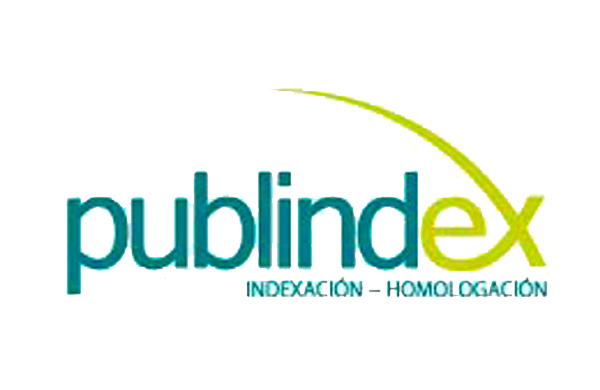The Tic in teaching numerical methods
Abstract
In this article the impact of information and communications technology (ICT) in the teaching of numerical methods in the training of students of engineering systems of the University Corporation of the Coast (CUC) is analyzed, the main purpose is to identify how ICT affects the process of education as well as establish what technological tools are used by teachers. The methodology used is approached from a paradigm of joint research since aspects are examined from a quantitative view and the possibility to influence educational policies qualitative vision. The design itself is not experimental, because you work with students enrolled in the course of numerical methods. Among the results obtained it showed that ICT improves the teaching of numerical methods for finding roots. It was concluded that further research should be other tools used.Downloads
References
Arrieta, R, Flores, M & Martínez, O (2010). Articulación Pedagogía – Tecnología: Un Medio Para Mejorar Las Competencias Del Lenguaje Y La Comunicación. Barranquilla, Educosta. 159 pág.
Burden, R. (2001). Análisis Numérico. México, Thompson Learning. Séptima edición. 839 Pág.
Castro W & Godino J. (2011). Métodos Mixtos De Investigación En Las Contribuciones A Los Simposios De La Seiem (1997-2010), págs. 99-116. Tomado de: http://dialnet.unirioja.es/servlet/articulo?codigo=3731076
Chapra, S., & Canale, R. (2007). Métodos Numéricos Para Ingenieros. México: McGraw Hill.
Eduteka (2007). El porqué de las TIC en la Educación. Recuperado el 23 de junio de 2010 en la dirección: http://www.eduteka.org/PorQueTIC.php.
Granados, A. (2009). Revista Inge-CUC. Métodos Numéricos y la Web, Pag 249-258. Barranquilla, Educosta.
Martínez, O (2009). Escenarios formativos que hacen uso de las TIC. Barranquilla, Educosta.
Martínez, O (2011).La Virtualidad: un reto para las Instituciones de Educación Superior presenciales. Barranquilla, Educosta.
Nakamura, S. (1992). Métodos Numéricos Aplicados con Software. México: Prentice-Hall.
Nieto, M. (1,2,3 de julio de 2009). Espacios educativo y docentes virtuales con las tic. Recuperado el 5 de agosto de 2009, de El estudiante del siglo XXI: http://mnieto2009. lacoctelera.net/categoria/articulos-sobre-tics.
Schiavo, E. (2007). Investigación científica y tecnológica en el campo de las TIC: ¿conocimientos técnicos, contextuales o transversales? Rev. iberoam. cienc. tecnol. soc., Ciudad Autónoma de Buenos Aires, v. 3, n. 9. Disponible en: http://www.scielo.org.ar/scielo. php?script=sci_arttext&pid=S1850-
Unesco. (2008) Estándares De Competencia En TIC Para Docentes. Londres. Encontrada el 20 de marzo de 2010 en la dirección http://www.eduteka.org/pdfdir/UNESCOEstandaresDocentes. pdf.
Creative Commosn Licence 4.0








